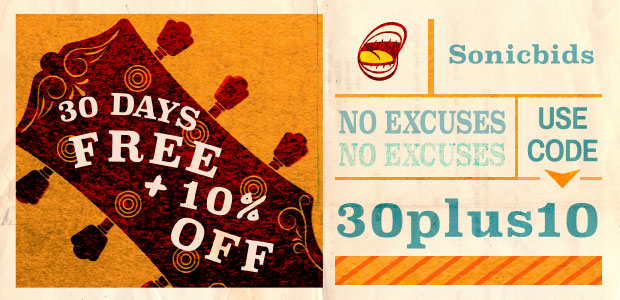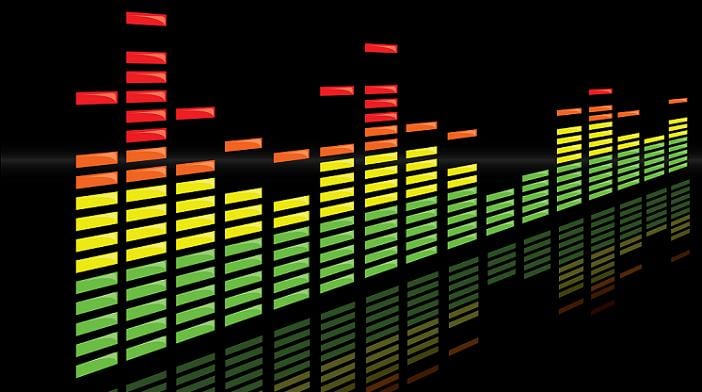 Image via flickr.com
Image via flickr.com
An overdriven bass is a sound that can fit into many genres of music. You can hear it in everything from Herbie Hancock's jazz fusion tracks to the glam-inspired riffs of Muse. Most bands could certainly make use of the gutsy sound to give a bit of energy to the rhythm section. The problem is getting the sound out of a variety of amps and basses. Cranking a 200-watt bass amp until it breaks up is probably just going to get your band thrown out of a small venue. Fortunately, there are options available to you at all volumes and for all types of basses. The key to deciding which option is right for you is to understand what you're getting from each method and whether it's what your band needs.
Option 1: Amp modeling technology
An amp with built-in modeling technology is probably the easiest and most cost-effective way to get an overdriven sound. (But personally, I hate this option. Some people will say I'm wrong for feeling that way, but regardless, I'm bound by journalistic integrity to mention it because it exists and will work.) Many small bass amps can produce an overdriven sound while hardly moving any air, provided that they come with onboard presets. However, this method will most likely sound pretty cheesy, so I wouldn't recommend it.
Amp modeling software is a better option, but isn't as easy and is less cost effective. In live settings and in recording, this method will probably work. In fact, it may even be good enough to fool amp purists into thinking it's the real thing.
Even so, for me it's a matter of principle to not use amp modeling technology. For one thing, it almost entirely removes your instrument's capabilities from the equation that determines your sound. For another, when I play a show, people are paying for the real thing, so that's what I want to give them.
Option 2: Small solid state or tube amps
If you're in my camp concerning amp modeling, then this option could be ideal for the studio or for smaller venues. Most solid state and tube amps around 50 watts won't be overpowering at high volumes. However, they'll break up nicely, which will give the crunchy, overdriven sound you're looking for. This option is great for a thick funk sound or a driving punk-rock beat. Passive pickups will probably break up more on a small amp. Active pickups are able to handle higher levels of gain and won't offer as crunchy a sound, so if you're looking for a more subdued distortion, they may be the better choice.
All in all, smaller amps may not be as loud, but they break up easily and sound every bit as nice as their larger counterparts.
Option 3: Distortion pedals
This option presents a happy medium between real amps and amp modeling technology. The overdriven sound is generated by the high gain and tone settings of a particular pedal. Most bass models run between $50 and $200, but the right model of pedal is up to you. Electro-Harmonix has a Big Muff Pi pedal for bass that offers a lot of gain, sustain, and fuzz. However, if this fuzzy sound isn't what you're looking for, then the slightly pricier Boss ODB-3 may be a better choice. Again, your pickups are going to factor heavily into what your ideal pedal is. Active pickups will offer a smoother and fatter distortion because they can handle the high gain better. Passive pickups tend to have have a punchier and sharper sound, but may sound more broken up.
A distortion pedal is a better option when using powerful amps. Even a 100-watt bass amp can get ridiculously loud without breaking up. Rather than cranking it up and damaging everyone's hearing, use a pedal to get the sound you need at appropriate volumes.
[The 5 Best Bass Distortion Pedals of All Time: A Definitive Ranking]
For the most part, powerful bass amps are made to stay clean at very high volumes. Turning them up all the way will drown out your band and blow the audience across the street. If you've been using a distorted bass sound and your band hasn't fired you, it's probably because you're using one of these three options. All of these methods will give significantly different sounds, so to be sure you have the best sound, you should give each of them a shot.
Matthew Wendler is a blogger and multi-instrumentalist from New Jersey. He specializes in guitar, bass guitar, and bagpipes, and is passionate about writing both professionally and for enjoyment. His personal blog can be followed on Twitter at @ymiatvmi.







